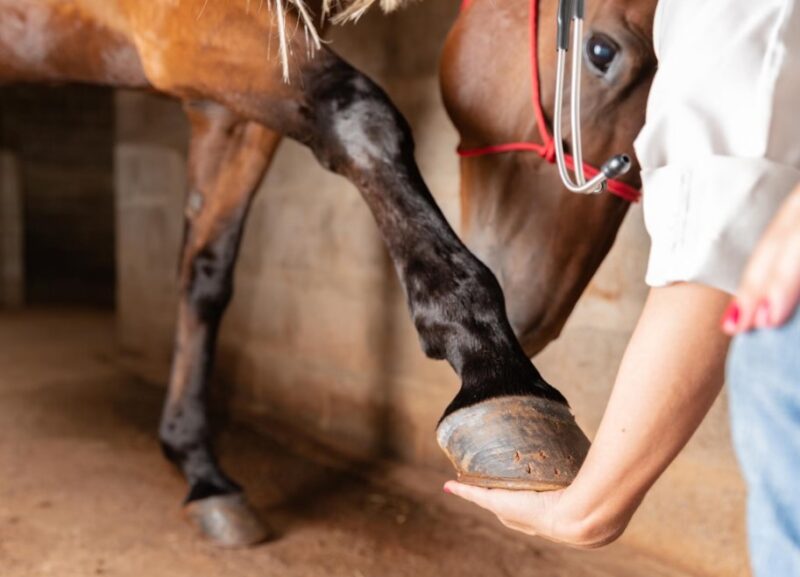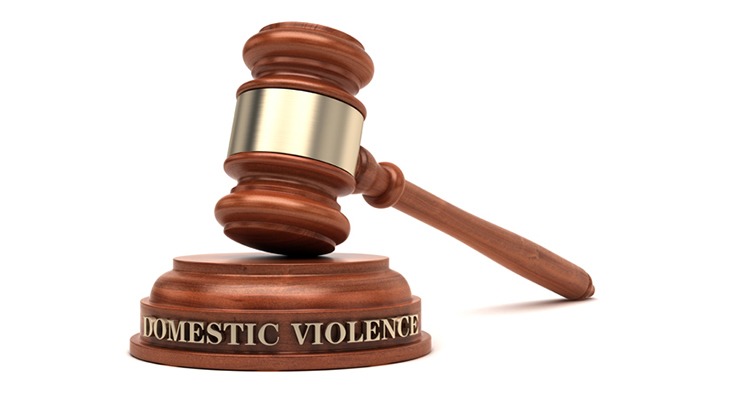Caring for a horse’s hooves is critical to its overall health and performance. In this detailed guide, we’ll explore the essential practices and considerations for maintaining hoof health, ensuring your horse remains in optimal condition.
The Importance of Regular Hoof Maintenance
Maintenance is not merely a grooming ritual; it’s a vital aspect of a horse’s overall health. Neglecting hoove care can lead to discomfort, disease, and even lameness. Regular maintenance prevents these issues, ensuring your horse’s comfort and mobility.
Understanding the Anatomy and Health
Before diving into care practices, it’s crucial to have a grasp of anatomy. The hoof is a complex structure comprising the outer wall, sole, frog, and digital cushion. Each part plays a role in supporting the horse’s weight and providing shock absorption.
Recognizing signs of healthy hooves versus potential problems is the first step in effective care. Healthy hooves are free from cracks, abnormal growths, and have a smooth, firm texture. Click here to learn more about anatomy and health.
Trimming and Shoeing
Trimming is fundamental to hoove care. It involves cutting away excess growth and shaping the hoof to ensure even weight distribution. How often trimming is needed depends on the horse’s activity level, environment, and natural growth rate.
Shoeing, while not necessary for all horses, provides additional protection and traction, especially for working horses. It’s imperative to use a skilled farrier who understands the intricacies of trimming and shoeing to avoid causing harm.
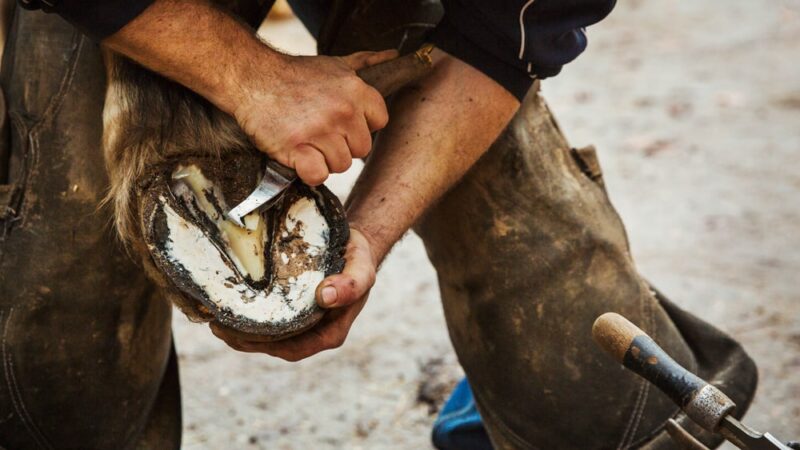
Environmental Considerations for Hoove Health
The environment plays a significant role in hoof health. Excessive moisture can soften hooves, making them prone to injury and disease, while overly dry conditions can lead to cracks and splits. It’s important to strike a balance, providing a clean, dry stall for resting and ensuring outdoor areas are free from hazards that could cause injury.
Nutrition and Its Impact on Hoove Quality
Nutrition directly affects hoove quality. A diet lacking in essential nutrients like biotin, amino acids, and minerals can lead to weak, brittle hooves. Providing a balanced diet that meets all your horse’s nutritional needs is a cornerstone of effective care. Supplements specifically designed to enhance hoof health can be beneficial but should be used under the guidance of a veterinarian or equine nutritionist.
Detecting and Addressing Common Hoof Problems
Being able to identify and address common hoove problems is a crucial skill for any horse owner. Issues like thrush, a bacterial infection of the frog, and laminitis, a hoof inflammation, require immediate attention. Recognizing early signs, such as changes in gait, odor, or appearance, allows for prompt treatment, preventing more serious complications.
Regular Inspections and Professional Assessments
Routine inspections are a must. Regularly examining your horse’s hooves allows for early detection of issues like loose shoes, cracks, or signs of infection. It’s also important to have regular assessments by a professional, such as a farrier or veterinarian, who can provide expert advice and address any concerns that may arise.
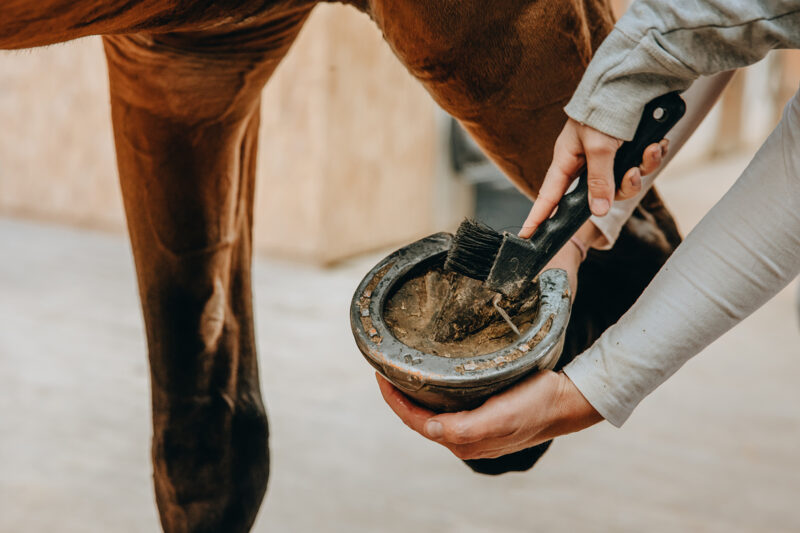
The Role of Exercise for Health
Exercise is beneficial for overall hoof health. It promotes blood circulation, which is essential for nutrient delivery and waste removal from the hoof tissues. However, the type and amount of exercise should be appropriate for the horse’s age, condition, and hoof health status.
Emergency Care for Hoof Injuries
In the event of injury, knowing how to provide immediate care is crucial. This includes cleaning the wound, applying a bandage if necessary, and contacting a veterinarian. Quick action can prevent further damage and speed up the healing process.
Integrating Care into Daily Routines
Incorporating care into your daily routine is essential. This doesn’t mean intensive procedures every day but rather a consistent check-up. Daily checks involve cleaning the hooves, looking for any signs of wear, damage, or foreign objects like stones lodged in the hoof. This habit not only keeps the hooves in good condition but also builds a stronger bond between you and your horse, making it more comfortable with regular handling.
Seasonal Changes and Hoof Care Adjustments
Seasonal changes can significantly impact hoof health. For instance, in wet seasons, hooves are more susceptible to softening and infections like thrush. Conversely, in dry seasons, the risk of cracks and splits increases. Adjusting your hoof care routine to accommodate these changes is vital. This might include more frequent trimming in the summer or the use of hoof conditioners in dry conditions.
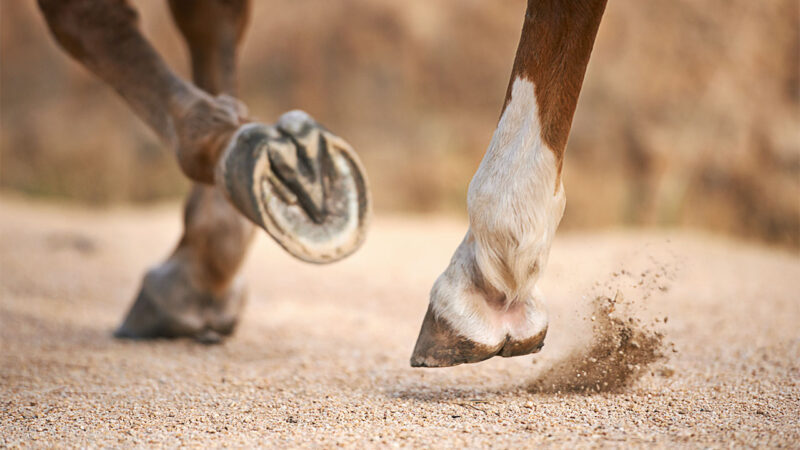
Advanced Hoof Care Techniques
For those looking to go the extra mile in hoof care, there are advanced techniques and treatments. These might include hot and cold therapies for promoting circulation, specialized shoeing techniques to address specific issues, and the use of high-tech materials like polyurethane shoes for better shock absorption. Exploring these options with a professional can provide additional ways to enhance hoof health.
Balancing Workload and Hoof Wear
Monitoring and balancing your horse’s workload is crucial for hoof health. Overworking can lead to excessive wear and potential injuries, while underworking can result in insufficient circulation and hoof strength. Finding a balance ensures that the hooves are maintained in optimal condition, and ready for their demands.
Long-Term Hoof Care Strategies
Developing a long-term hoof care strategy is important, especially for horses in competitive sports or those with chronic hoof problems. This strategy should be developed in consultation with your vet and farrier, considering the horse’s age, breed, activity level, and any existing conditions.
It includes regular assessments, a tailored trimming and shoeing schedule, and possibly a long-term nutrition plan.
Educating Yourself
Lastly, educating yourself is paramount. Understanding the latest research, techniques, and products in hoof care empowers you to make informed decisions. Attend workshops, read up on equine health, and consult with professionals. The more knowledgeable you are, the better care you can provide, ensuring your horse’s hooves remain healthy and strong for years to come.
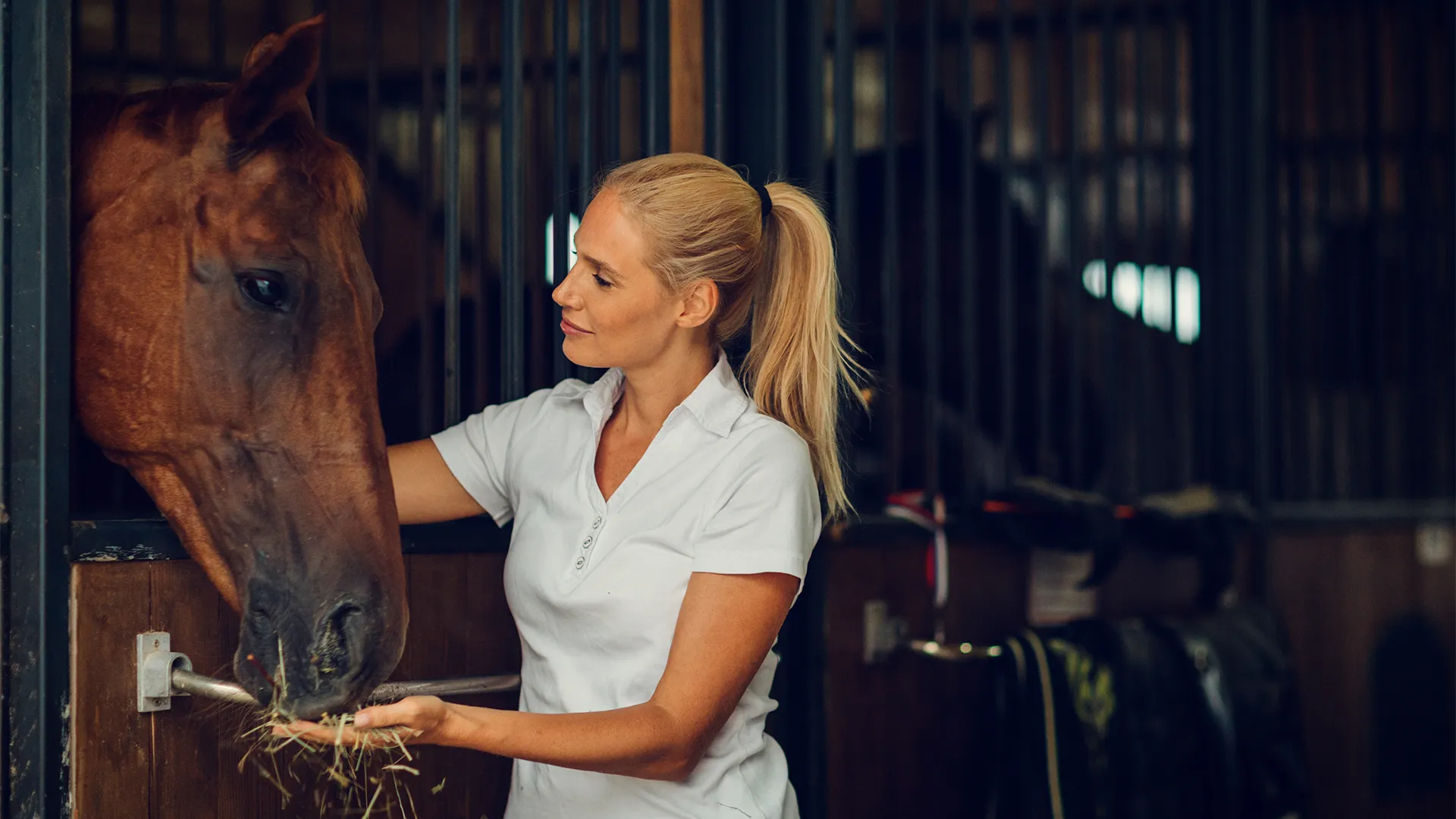
End Note
In summary, caring for a horse’s hooves demands dedication, knowledge, and attention to detail. It’s a crucial part of equine well-being, affecting not just mobility but overall health. By embracing a comprehensive approach to hoof care, encompassing everything from daily checks to long-term strategies, you play a pivotal role in ensuring your horse leads a healthy, active life.
Related Posts:
- How to Organize a Medical Treatment Abroad:…
- Preventive Plumbing Maintenance: Essential Tips for…
- Preparing for Laser Hair Removal: Essential Tips for…
- 12 Tips for Planning a Team Building Event: Expert…
- Choosing a Family Pet: What Is the Easiest Dog to…
- Tips for Maximizing Compensation in Your Long-Term…

